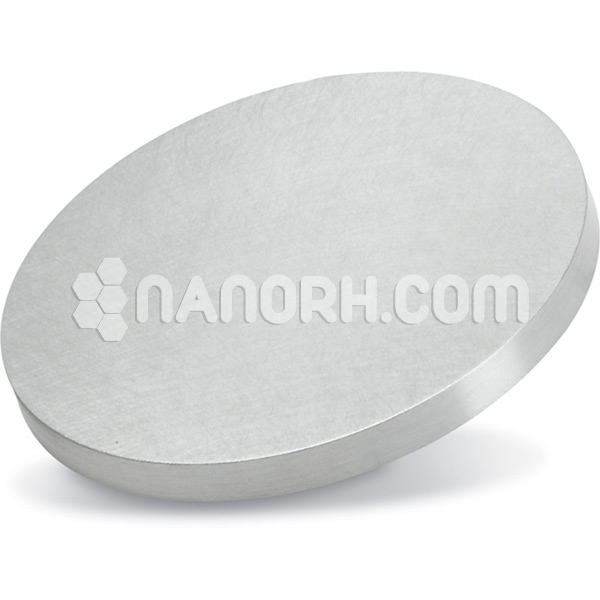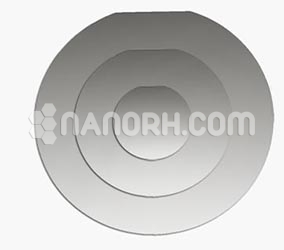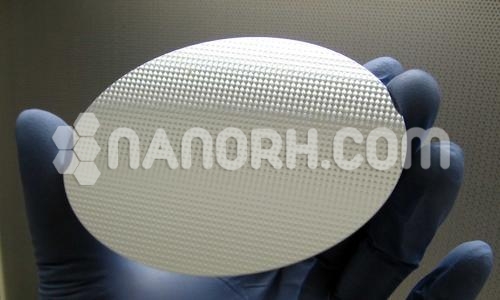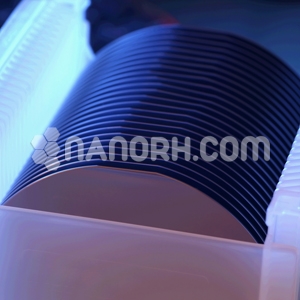| Neodymium Oxide Sputtering Targets | |
| Product No | NRE-43512 |
| CAS No. | 1313-97-9 |
| Formula | Nd2O3 |
| Molecular Weight | 336.48 |
| Purity | >99.9% |
| Density | 7.24 g/cm3 |
| Thickness | 3 mm ± 0.5mm (can be customized) |
| Diameter | 50 mm ± 1mm (can be customized) |
| Shape | Round |
| Resistivity | NA |
| Thermal Conductivity | NA |
Neodymium Oxide Sputtering Targets
Introduction
Neodymium Oxide Sputtering Targets is a rare earth element known for its excellent magnetic, optical, and electronic properties. Neodymium sputtering targets are commonly used in the deposition of thin films for various applications across different industries, including electronics, optics, and materials science.
Properties of Neodymium
High Magnetic Strength: Neodymium is known for its strong magnetic properties, making it essential in the production of high-performance magnets.
Optical Characteristics: Neodymium can absorb and emit light at specific wavelengths, which is useful in lasers and other optical applications.
Chemical Stability: Neodymium exhibits good chemical stability, which is important for maintaining the integrity of thin films during and after deposition.
Thermal Conductivity: It has favorable thermal conductivity, allowing it to perform well in applications requiring heat dissipation.
Applications
Thin-Film Magnetism: Neodymium sputtering targets are used to create thin films for magnetic devices, including hard drives, magnetic sensors, and actuators, leveraging its strong magnetic properties.
Optical Coatings: Neodymium is used in optical coatings for lasers and lenses, enhancing their performance by improving light absorption and emission characteristics.
Semiconductor Devices: Nd sputtering targets can be employed in the fabrication of semiconductor components, particularly in processes that require doping or enhancing material properties.
High-Performance Magnets: The material is crucial in producing neodymium-iron-boron (NdFeB) magnets, which are widely used in motors, generators, and various electronic devices.
Research and Development: Neodymium targets are frequently used in laboratories for thin-film research, exploring new materials and their properties, especially in the context of superconductors and advanced electronic devices.




